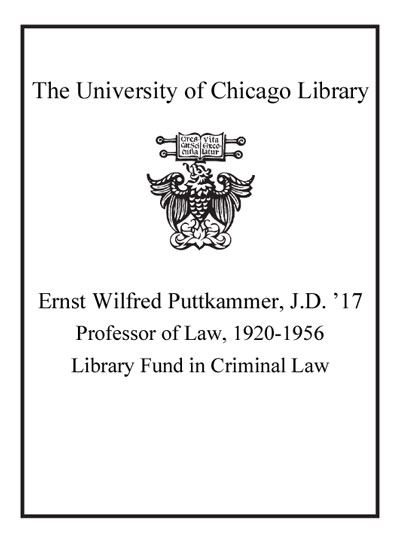Review by Library Journal Review
Soltes (Jakurski Family Associate Professor of Business Administration, Harvard Business Sch.) has written a groundbreaking book on executive misconduct. It draws on the author's interviews with multiple convicted white-collar felons, including Bernie Madoff and Dennis Kozlowski. The author shows how these managers rationalize their actions, rely on instinct, and fall victim to temptation and corporate culture. The book is divided into three parts. Part 1 argues that these criminals don't make cool cost-benefit decisions, contrary to popular belief. Part 2 uses numerous case studies and describes the changing scholarly explanations for white-collar crime. The third section is the work's culmination, with an in-depth interview and analysis of Bernie Madoff, who appears to be a psychopath-Madoff views his victims as suckers who benefited from his scheme before in unraveled. The volume concludes that the organizations that spawn these criminals must be punished to change their leaders' values. VERDICT Engaging, precisely researched, and well argued, this is a spectacular achievement in business ethics, corporate culture, and true crime. Highly recommended for all audiences.-Harry Charles, St. Louis © Copyright 2016. Library Journals LLC, a wholly owned subsidiary of Media Source, Inc. No redistribution permitted.
(c) Copyright Library Journals LLC, a wholly owned subsidiary of Media Source, Inc. No redistribution permitted.
Review by Kirkus Book Review
A groundbreaking study of the psychology and motivations of white-collar criminals.Using interviews, correspondence, and phone calls over seven years with, among many others, Bernie Madoff, Enrons chief financial officernbsp;Andrew Fastow, and Tycos Dennis Kozlowski, Soltes (Business Administration/Harvard Business School) provides special insight into insider trading, violations of financial reporting requirements, and pyramid schemes. In his impressive debut, the author has gathered in one place the thoughts and reflections of this group of criminals, many of whom have become well-known thanks to extensive media exposure. Soltes begins with a theoretical discussion of the roots of human behavior in an intriguing attempt to discern how propensities for ethical misconduct and criminal behavior occur. The subsequent discussions with the perpetrators concern their crimes, motives, and rationalizations. The author refutes the contention that white-collar criminality is distinct from criminality at large as essentially a race- or class-driven argument. He emphasizes instead how the business environment and the incentives for management to succeed foster white-collar crime. Management decisions, he insists, involve moral choices since they involve the potential to help or harm another person. Soltes prefers to consider the possibility that illegal business decisionsmoral decisions in their own rightare actually made much like any other kind of decision. The interviewees rationalizations and euphemistic labeling are quite illustrative. Fastow, Enrons financial wizard, said, I was doing exactly what I was incentivized to do. We wouldnt have gone through all this trouble if we just wanted to cheat. We were finding ways to get around the rules but going through a complex process to find the loopholes to allow us to do it. Madoff preferred to view the fraudulent scheme for which he was convicted as something closer to oversight than to recklessness. The author also discusses the regulations related to white-collar crime and corrects some popular misconceptionsabout insider trading, for example. A forcefully developed and documented contribution to our further understanding of high-level criminality in lightly regulated free markets. Copyright Kirkus Reviews, used with permission.
Copyright (c) Kirkus Reviews, used with permission.
Review by Library Journal Review
Review by Kirkus Book Review

